The Sinclair family (left to right: Charles Rexford, Caroline "Caddy" Sinclair, Lillian Sinclair Rexford and Lee Sinclair) in the atrium of West Baden Springs Hotel with their dog Rex in 1912.
We have her to thank for West Baden Springs Hotel remaining an aesthetic marvel, all these years later.
Lillian Sinclair had a flair for all things luxury, an eye for exceptional décor and a vision for elevating her family’s hotel into one of the best in the country. She was born July 8, 1875, and to commemorate the 150th year since her birth date, let’s get to know Lillian a little better. The West Baden Springs Hotel we know and love today wouldn’t be the same without her.
She was the only child of Lee Sinclair, who took ownership of the original hotel on property in 1888.
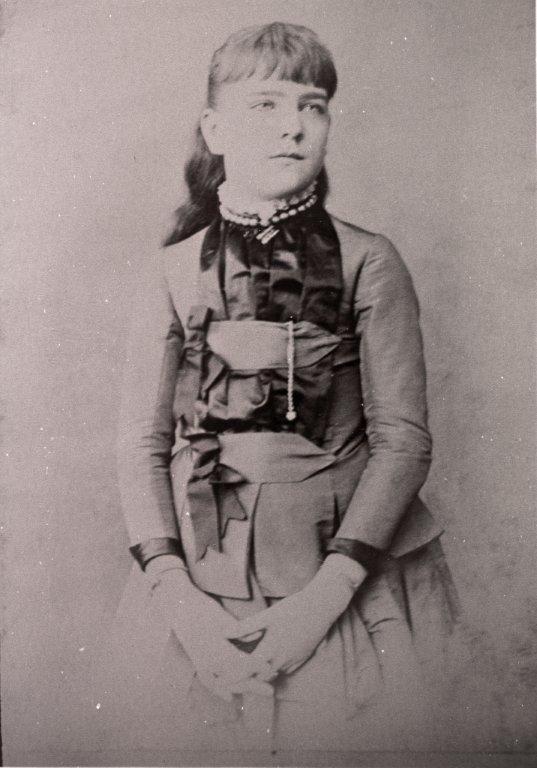 Lee Sinclair was a successful businessman and banker from nearby Salem, Indiana, and the family got into the hotel business when Lillian was 13 years old. A few years later, Lillian left home to study at Dearborn Seminary, an elite women’s preparatory school in Chicago. Educational opportunities at the time were limited in rural southern Indiana, especially for women, making the move to Chicago an attractive alternative for Lillian.
Lee Sinclair was a successful businessman and banker from nearby Salem, Indiana, and the family got into the hotel business when Lillian was 13 years old. A few years later, Lillian left home to study at Dearborn Seminary, an elite women’s preparatory school in Chicago. Educational opportunities at the time were limited in rural southern Indiana, especially for women, making the move to Chicago an attractive alternative for Lillian.
Lee, with many business ties to Chicago, relocated there in the early 1890s with wife Carolyn to be near Lillian when she was in school. The couple bounced between spending winters in Chicago and summers in West Baden when the hotel season was at its peak.
When West Baden Springs Hotel burned down in 1901, Lillian had a strong influence in convincing her father to rebuild bigger and better.
Lee Sinclair, 65 at this time, was devastated over the loss of his hotel. He felt he was too old to begin anew and was considering cutting his losses.
But daughters have a way of convincing dad, don’t they?
Lillian rallied her father, convincing him that this was his opportunity to build the hotel he had always wanted. In time, Lillian’s enthusiasm caught on. Lee Sinclair got to work rebuilding the domed structure that still stands today, inspired by the domed cathedrals in Europe the Sinclairs had visited.
The new hotel opened just a year later in 1902 and was dubbed “The Eighth Wonder of the World.” Were it not for Lillian’s nudging and persistence, this grand structure may never have materialized into reality.
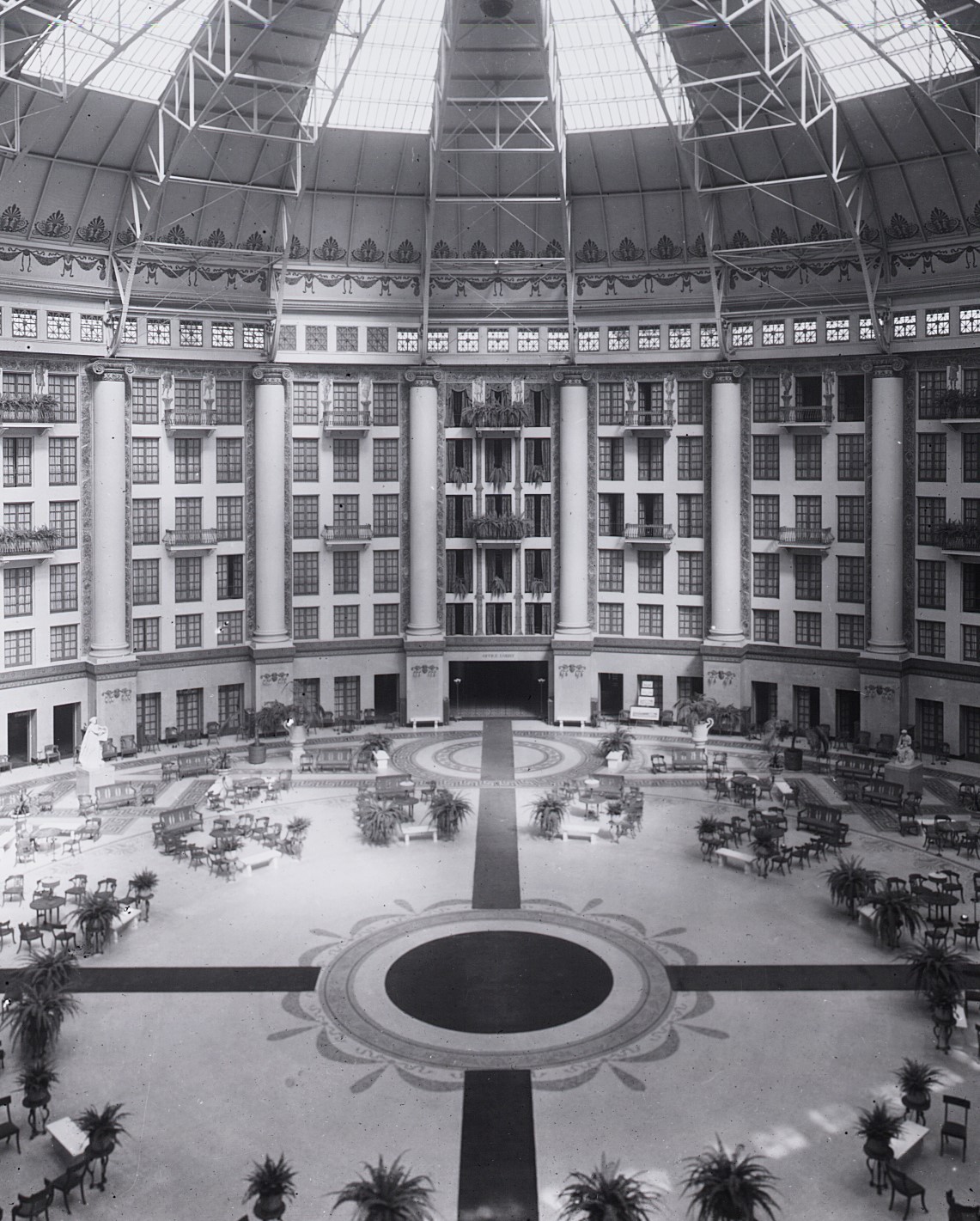
Lillian married Charles Rexford in 1911, and shortly after, Lee Sinclair began transferring management of the hotel to Lillian and Charles, who transformed the look of the hotel with extensive renovations.
While Charles was active in the day-to-day management, Lillian was regarded as the driving force behind this operation. Her first item of business: elaborate renovations.
Prior to this, the West Baden Springs Hotel atrium featured a cement floor and hickory furniture. It was an impressive space; albeit a bit bare and sterile. Lillian and Charles’ enhancements included rebuilding the formal gardens, adding the arched entryway and brick road leading the hotel, repainting the exterior and adding a golf course.
A few years later in 1917, Lillian’s Greco-Roman inspired cosmetic renovations came to life inside the hotel. Guest rooms were redecorated and refurnished. The atrium was converted to a Pompeian Court using Greco-Roman décor and furnishings with new light fixtures, statues, flower urns and paintings. The atrium’s old cement floor was also replaced with millions of hand-laid terrazzo tiles.
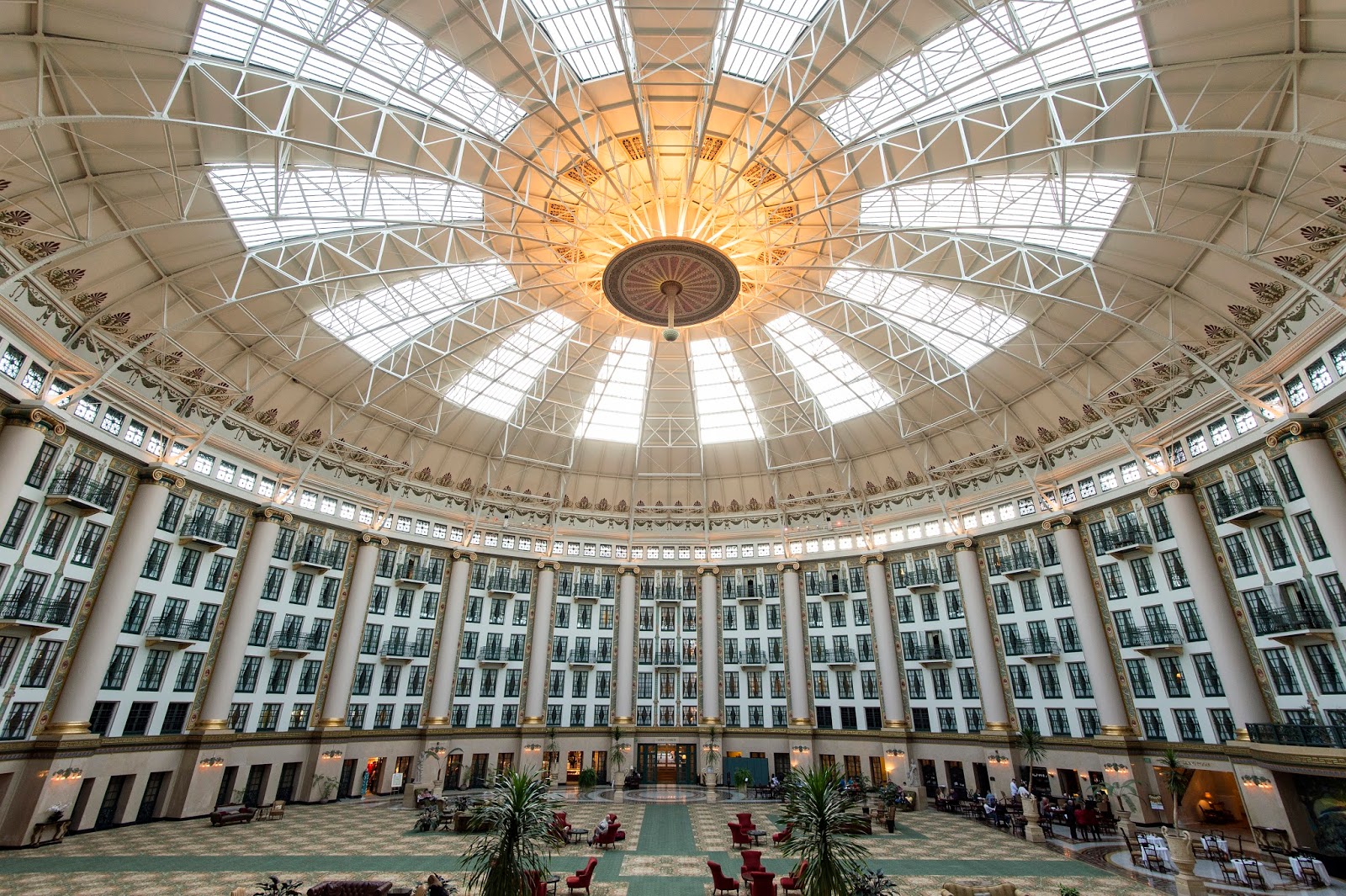
Two of the atrium’s signature features also took shape during this time: the Rookwood fireplace, and — the pendant and medallion shield at the base of the dome. The pendant is 12 feet long and the medallion shield is 27 feet in diameter. Both were essential to create the Pompeian style Lillian was looking for in the atrium.
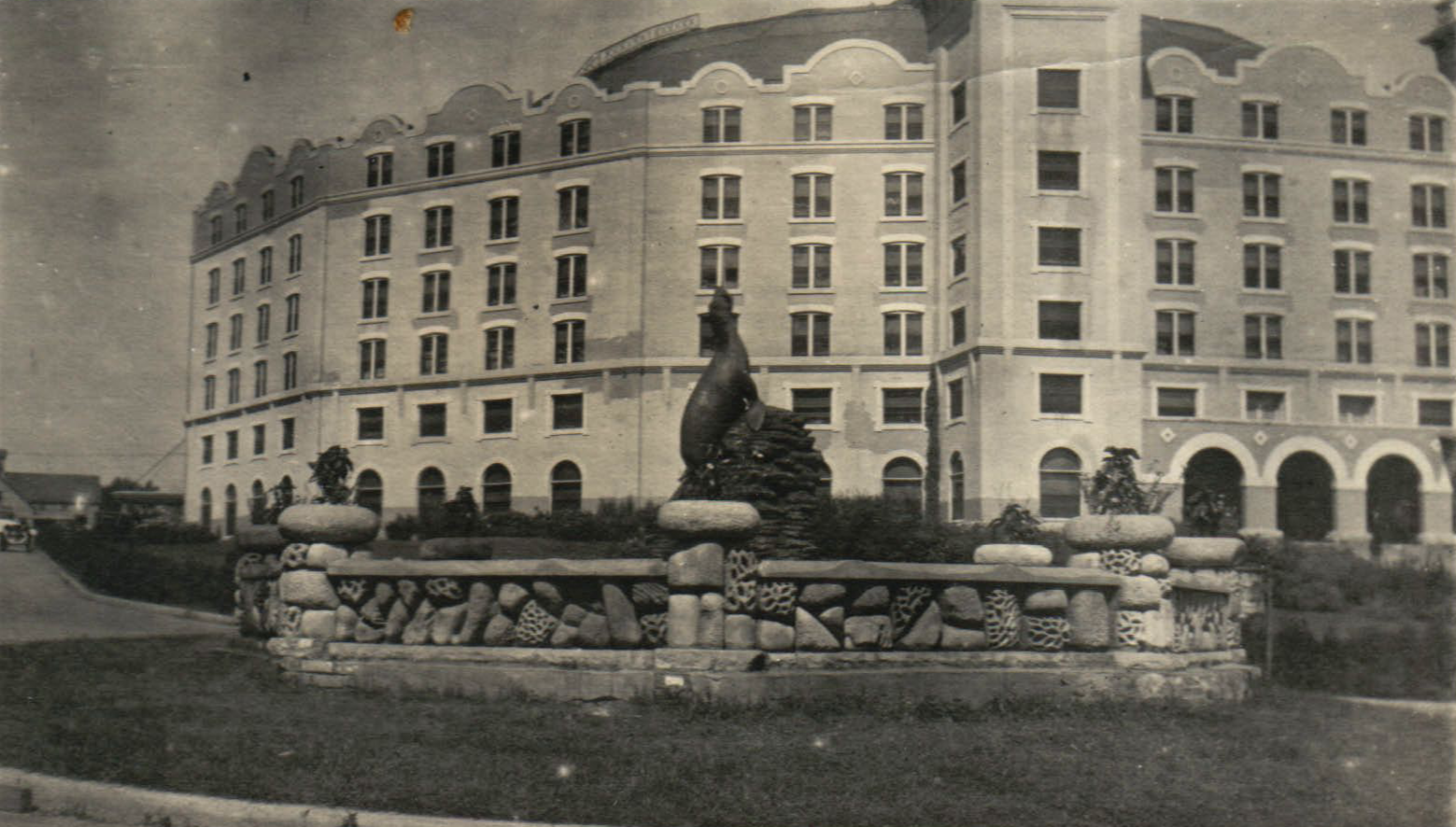
Lillian’s influence is noticeable elsewhere on the hotel grounds.
During Lillian’s 1917 renovations, the feature known as the seal fountain — which took its name from the seal figure in the fountain’s center that spouted water from its mouth — was moved from the center of the atrium to outside the hotel, creating a road roundabout. No one knows what happened to the seal. But the rest of the fountain remains intact today and is now used as a flowerbed. On top of everything else, Lillian might be responsible for creating the first roundabout in Indiana.
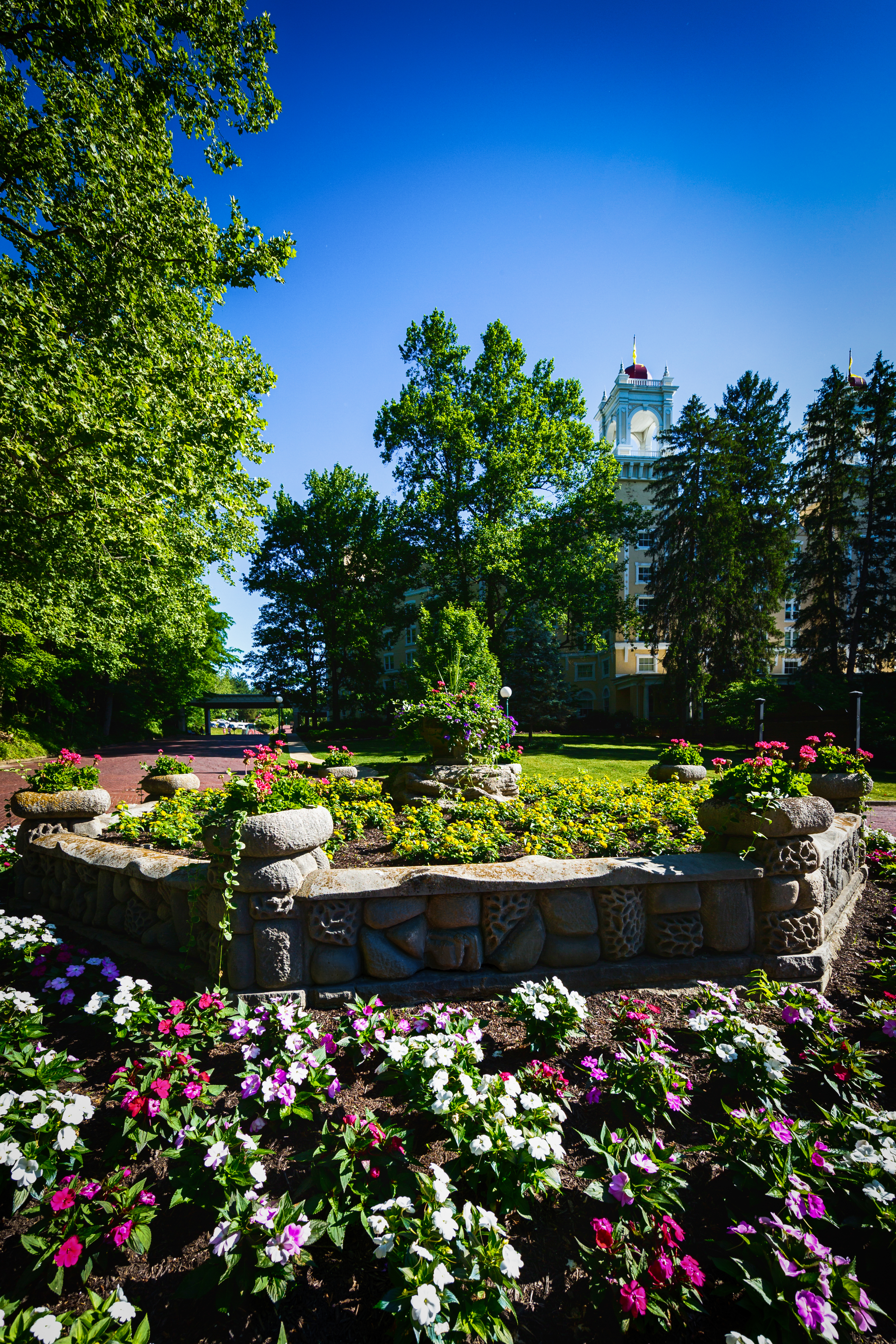
Another fun fact: the Greek god Apollo appears twice in Lillian's renovations. Apollo's statue can be found inside the atrium, and Lillian renamed Spring No. 3 in the gardens after him as well.
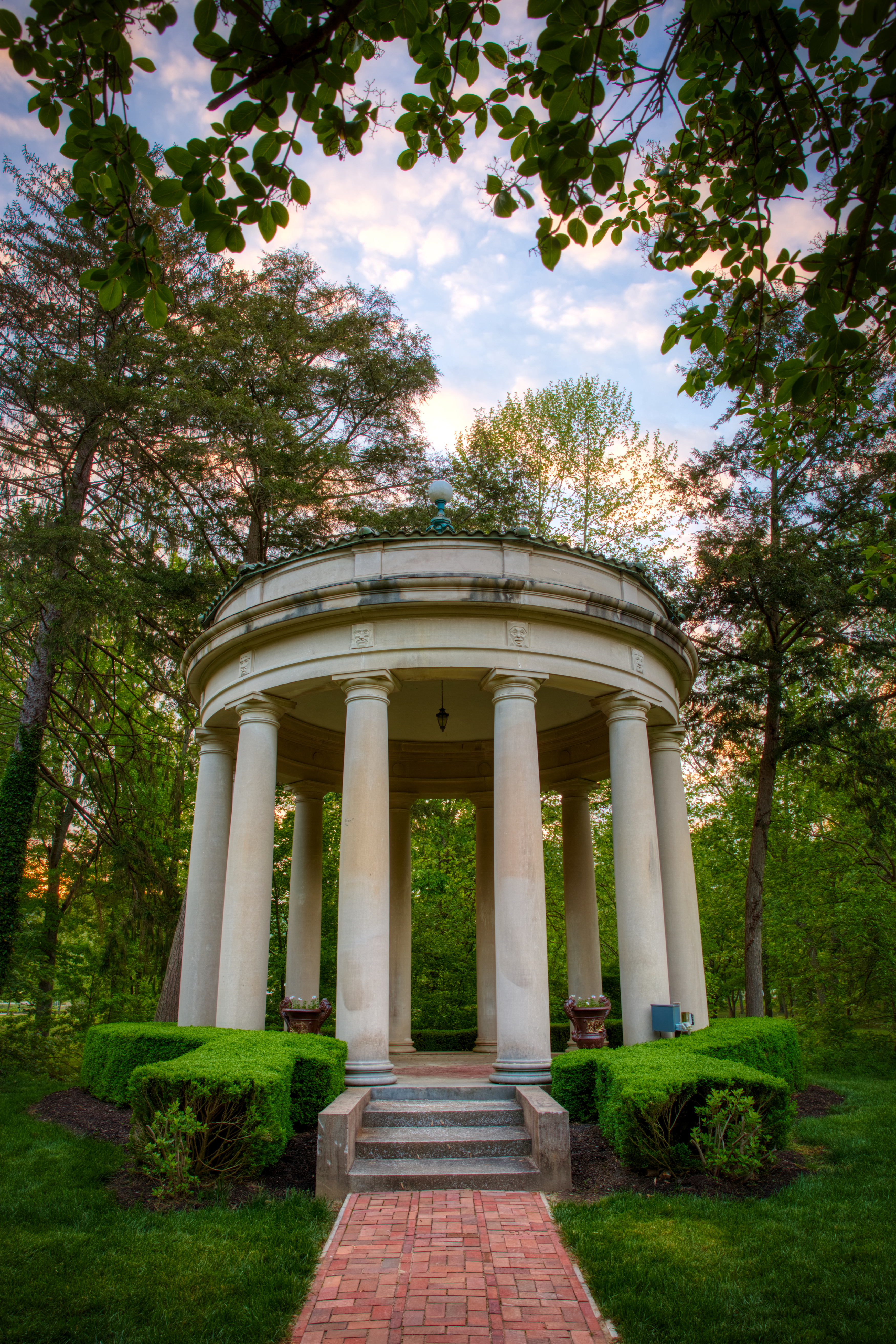
Just a stone’s throw from the Apollo Spring is the West Baden National Bank, built in 1917 by Lillian. Prior to that time, there was a bank inside the hotel. As the story goes, Lillian grew frustrated when the local farmers tromped through the hotel bank with their muddy boots, so she had a new bank built right off the main highway so the townspeople would use it instead. Today the building is used to store resort relics and still stands by the arched entryway.
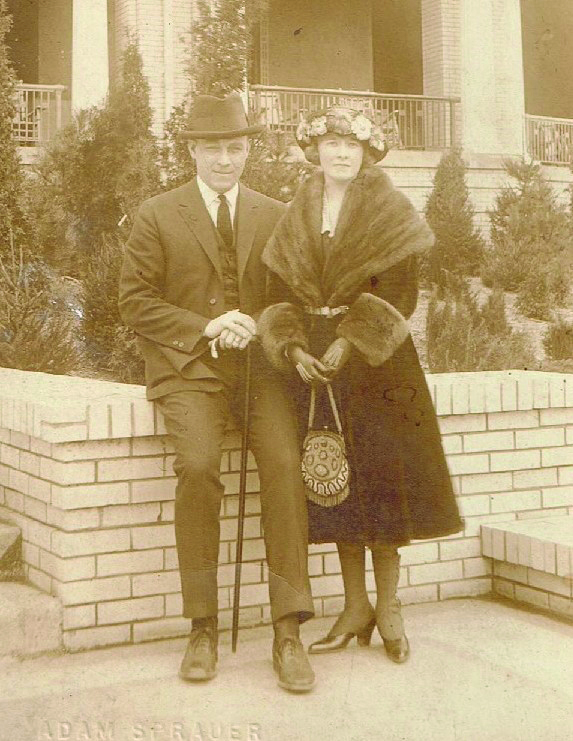
Lillian divorced in 1922, remarried, then sold West Baden Springs Hotel for $1 million in 1923.
The scope of the hotel renovations overextended Charles and Lillian’s finances. Then the world’s current events overlapped with personal issues to mark the beginning of the end of Lillian’s time in West Baden.
With the U.S. entering World War I, resulting in a decline of guests and revenue flowing into the hotel, Lillian offered the hotel to the U.S. government in 1918 for use as a military hospital. Lillian met Lieutenant Harold Cooper, a wounded soldier recuperating at West Baden, and fell in love. (The two are pictured above.) She divorced Rexford in 1922, married Cooper in 1923 and sold the hotel to Ed Ballard that same year. Harold and Lillian spent the rest of their lives in California. But decades later, Lillian’s legacy is still burning here in the Midwest with the hotel that still maintains her elegant touch.